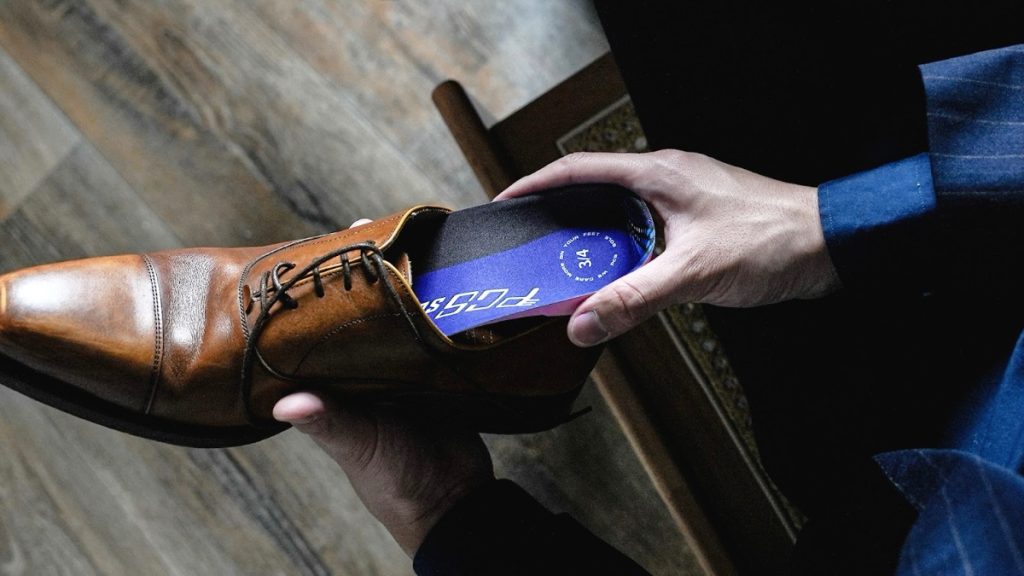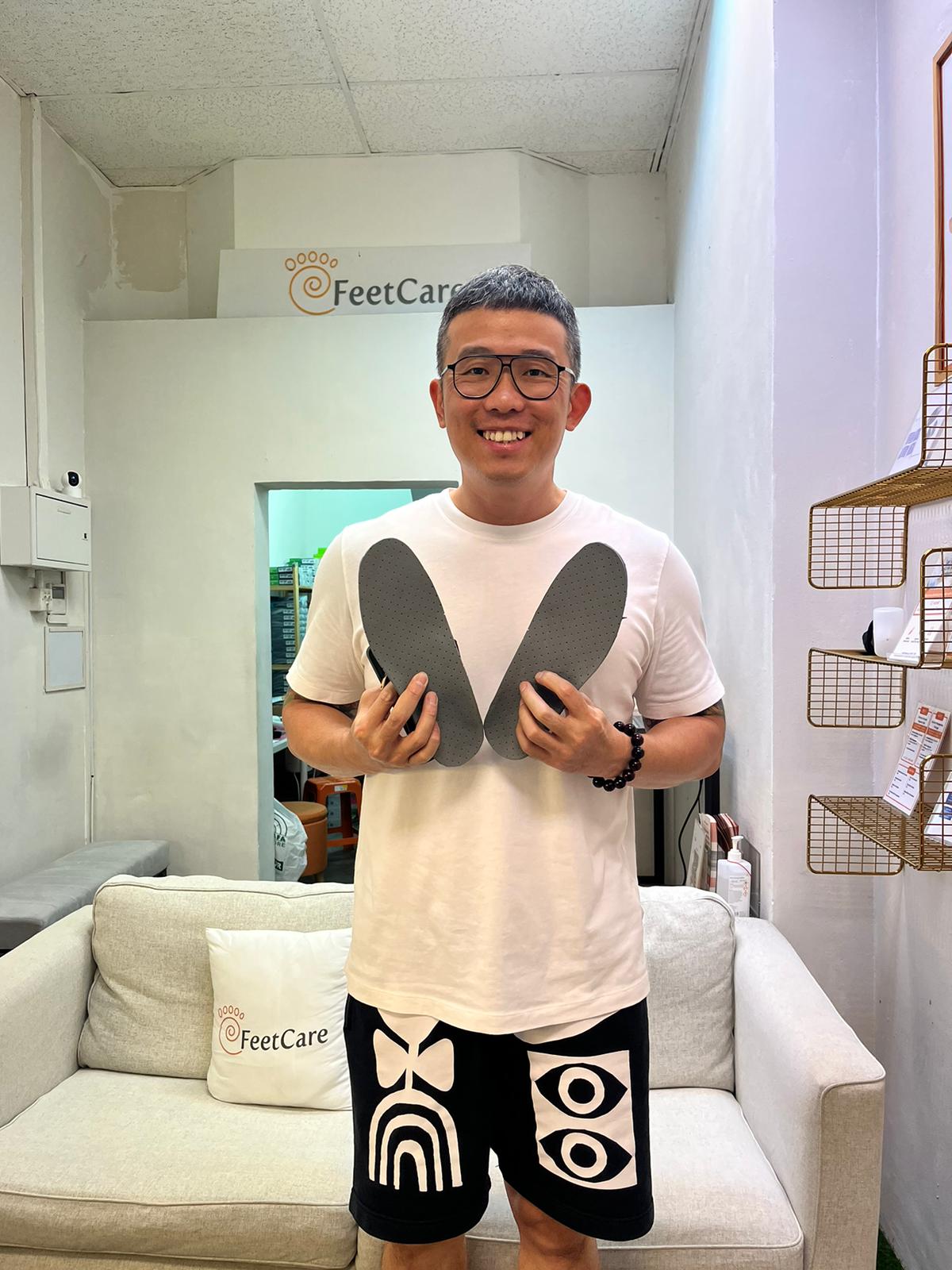Due to bunions forming, many people around the world suffer from pain near their big toes when they walk.
Bunions are an unfortunate medical condition that can affect 23% of people aged 18 to 65, and 36% of those aged over 65. Its effects range from mild discomfort to large amounts of pain, depending on how severe the bunion is.
What exactly are bunions?
A bunion is a bone deformity that forms on the inner joint at the base of the big toe.
Bunions usually develop when the big toe is pushed out of place by an external force. After several years of pressure, the big toe is bent towards the other toes, creating a protrusion on your joint that can inflict a lot of pain.
Early-stage bunions may not hurt much initially, but as they form and develop, bunions on your feet can lead to difficulties walking and buying shoes.
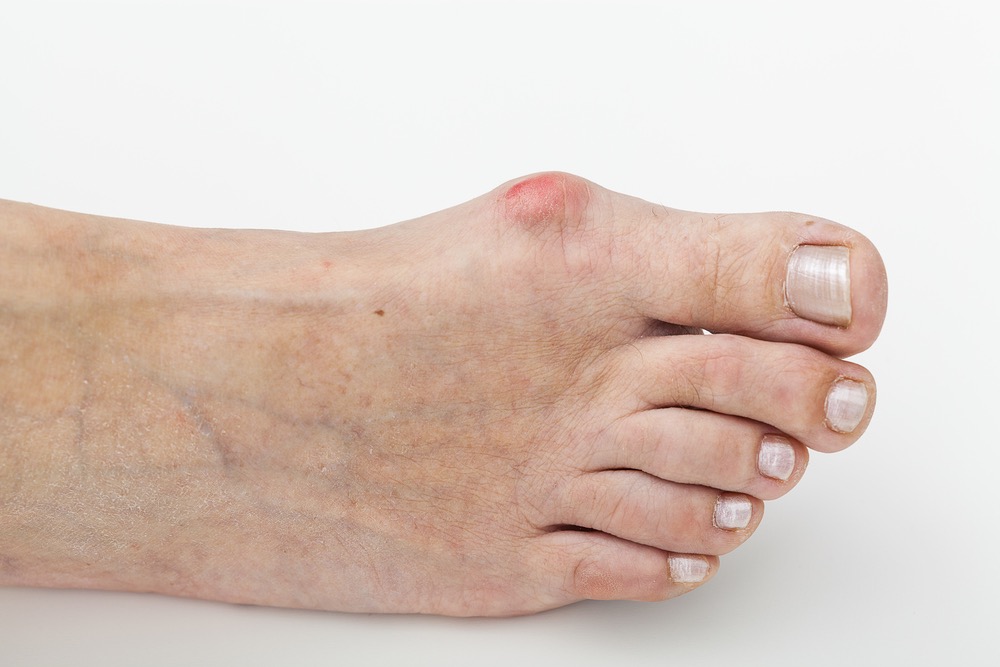
5 myths you may have heard about bunions
Why and how bunions form is a subject that has been thoroughly researched. Today, we know more about what causes bunions and what doesn’t.
You may have heard different sayings on what the causes are, but how true are they? We’ll show you 5 of the most common myths about bunions, and why they might not be accurate.
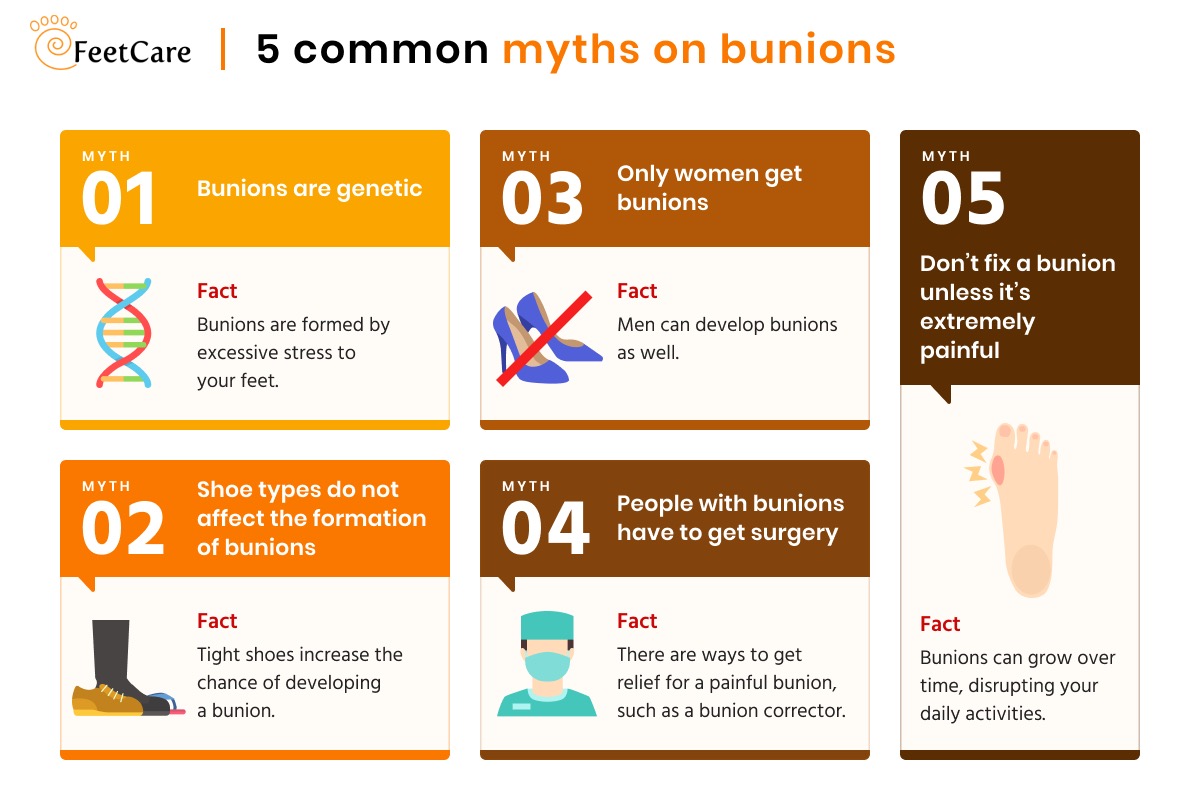
Myth 1: Bunions are genetic
While you cannot ‘inherit’ bunions, you could certainly inherit a foot shape that is more prone to bunions.
Excessive stress to a specific part of your foot can cause bunions to form. The way you walk heavily influences this, as the weight is spread across unevenly, putting more load on one side.
Certain feet shapes are more prone to bunions, as your bone structure – which is hereditary – plays a part in your gait. Different walking patterns may cause greater loads on your feet, but poor walking patterns are usually a result of a bad habit, rather than genes.
Myth 2: Shoe types do not affect the formation of a bunion
It’s rather challenging to discover the link between shoe types and bunion formation. While it’s true that not everyone who wears tight shoes develops bunions, this doesn’t mean that those who don’t wear would not develop bunions.
Wearing tight shoes usually causes you to develop poor walking habits, and poor walking habits usually causes bunions. Tight shoes will highly likely change your walking style for the worse, as they tend to focus your weight towards the front of your feet, where bunions usually form.
Shoes with small/tight toe boxes also play a part in weakening the muscles in your foot, encouraging the forming of bunions. Such shoes shift your weight to the balls of your feet and your toes, placing more reliance and strain on them.
Myth 3: Only women develop bunions since they wear high heels
This myth is easily debunked. Men get bunions too. And one of the more common reasons is due to feet conditions such as flat feet, loose joints, low foot arches, and loose tendons.
However, women indeed tend to suffer from bunions more than men, mainly due to their footwear.
High heels often force your feet to contort in unnatural positions, resulting in poor posture and bad walking habits. Most of your body weight will be forced onto the front half of the feet, putting more pressure on the joint and increasing the likelihood of a bunion forming.
Men get bunions too. And one of the more common reasons is due to feet conditions such as flat feet, loose joints, low foot arches, and loose tendons.
Myth 4: Surgery is required if you have bunions
Most doctors generally do not encourage you to get surgery for a bunion if it isn’t causing you excessive amounts of pain.
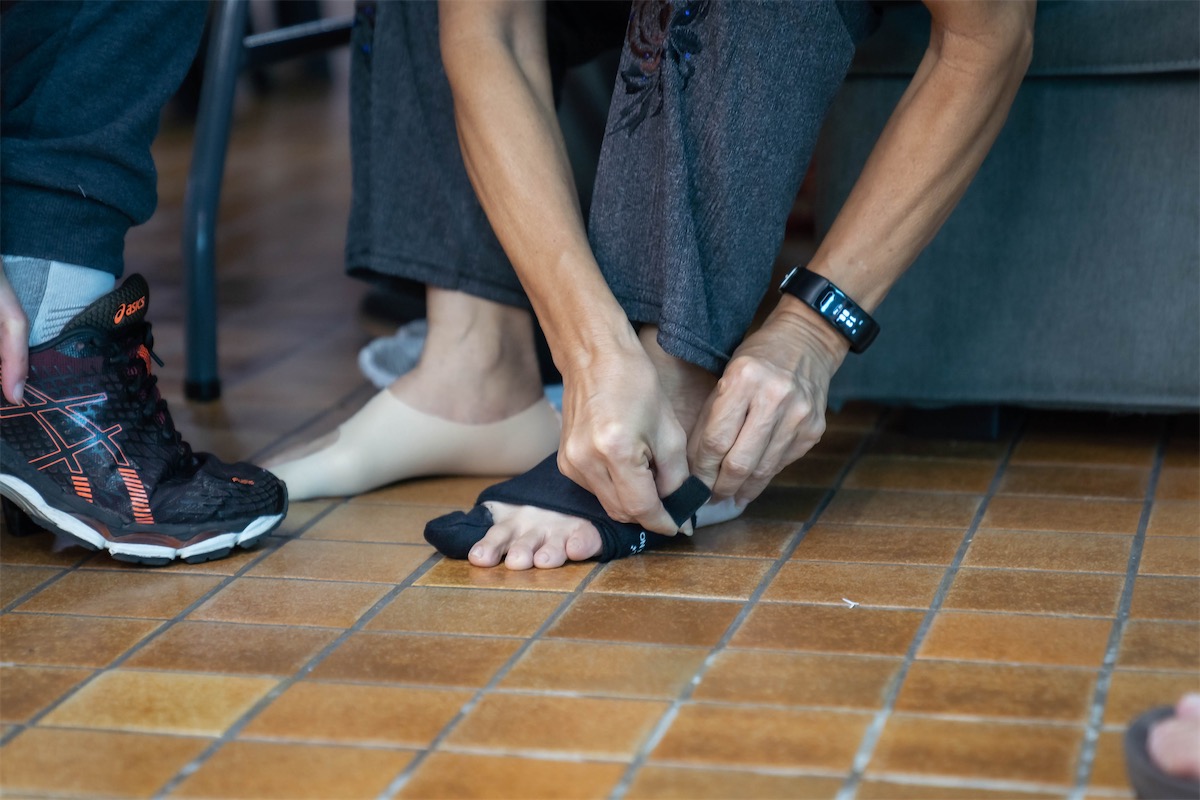
One way to relieve a painful bunion is to use bunion correctors. These can help straighten the alignment of your toe, and relieve any pressure or pain.
You can also consider medication to soften the skin around the bunion, and reduce chafing against the sides of the shoes. This helps to reduce pain and swelling.
Slipping shoe inserts into your footwear is another option. Shoe inserts provide additional cushioning, helping to prevent bunions.
Myth 5: Don’t treat a bunion unless it’s extremely painful
It’s definitely better to get a bunion treated as soon as possible! They tend to grow bigger over time and will cause a large amount of pain, enough to disrupt your daily activities.
If your work involves long hours of standing or walking, it might be time to consider seeking treatment before your bunion worsens.
Though doctors only recommend surgery as a last resort, there are a few complications that arise with waiting too long to fix a bunion. For one, your ligaments and tendons may grow in a way that now encourages the growth of your bunion, making surgery more complicated.
If you have chronic inflammation in your big toe, and the swelling does not go away, you should also consider surgery.
What can you do to relieve bunion pain?
Doing certain exercises can help ease your symptoms and reduce pain. Even if you don’t have bunions, regular exercises can help to prevent them from forming.
Here are 10 simple exercises to help you improve mobility, reduce pain, and potentially slow down or prevent bunion growth.
|
Exercise |
What it helps with |
| Toe points and curls | Build toe strength and flexibility |
| Toe spread-outs | Build your toe strength and calf muscles |
| Toe circles | Strengthen your foot muscles and build flexibility in your toes |
| Assisted toe abduction with an exercise band | Strengthen your toes |
| Ball roll | Massage your foot and loosen your muscles |
| Towel grip and pull | Build toe strength |
| Marble pickup | Build toe strength and dexterity |
| Figure-8 rotation | Build flexibility and range of motion in your toe |
| Barefoot beach walking | Build and strengthen the muscles in your feet and toes |
| Heel raises |
Build calf muscles and strengthen your toes |
These exercises will help you to prevent bunions from forming, even if you don’t have any symptoms. They can also help to relieve pain in your existing bunions. Here’s how to do each exercise.
1. Toe points and curls
This exercise will help to build toe strength and flexibility.
- Sit on a flat surface and elevate your feet from the ground.
- Slowly point your toes outwards and curl them downwards.
- Do this in repetitions of 20, up to 2 to 3 times a day.
2. Toe spread-outs
This exercise will help to build your toe strength and calf muscles.
- Sit on a flat surface and place your feet on the floor.
- Anchor your heel to the ground
- Lift and spread your toes.
- Repeat this exercise 20 times per foot
3. Toe circles
This exercise will help to strengthen your foot muscles and build flexibility in your toes.
- Sit on a chair.
- Lean forward and carefully grip your big toe.
- Rotate the toe clockwise 20 times.
- Rotate it in the other direction 20 times.
- Do this 2-3 times for each big toe.
4. Assisted toe abduction with an exercise band
This exercise will help to strengthen your toes.
- Wrap an exercise band around both of your big toes.
- Try to pull them away from each other.
- Once the band is fully extended, hold the position for 5 seconds, then release the band.
- Repeat this exercise 20 times.
5. Ball roll
This exercise will massage your foot and loosen your muscles.
- Place a small ball on the floor – a tennis ball works fine.
- Place your foot on top of the ball, and roll it back and forth.
- Repeat on both feet for about 4-5 minutes.
6. Towel grip and pull
This exercise will help to build toe strength.
- Place a small cloth or towel on the floor.
- Sit on the floor and grip the towel towards you using your toes
- You should not be using any other limbs or digits apart from your toes
- Repeat this motion for about 4-5 minutes.
7. Marble pickup
This exercise will help to build toe strength and dexterity.
- Prepare 15 marbles and a cup
- Spread the marbles around the floor, and put the cup in front of you.
- Sit on the floor, pick up and drop each marble into the cup using only your toes.
8. Figure-8 rotation
This exercise will help to build flexibility and range of motion in your toe.
- Sit on a chair and lean forward.
- Grip your big toe and move it in a figure-8 motion
- Repeat this 10 times on each toe, for 2-3 sets.
9. Barefoot beach walking
All you have to do is walk barefooted in the sand. The soft sand helps to build and strengthen the muscles in your feet and toes.
10. Heel raises
This exercise will help to build calf muscles and strengthen your toes.
- Sit on the floor and place your foot flat on the ground.
- Carefully lift your heel and push down with the ball of your foot.
- Hold it for 5 seconds
- Repeat this 10 times on each foot.
We hope that this article helps you better understand bunions, and how to relieve and prevent them. If you want to seek professional help, our feet specialists are here to guide you through relieving your bunion pain.

